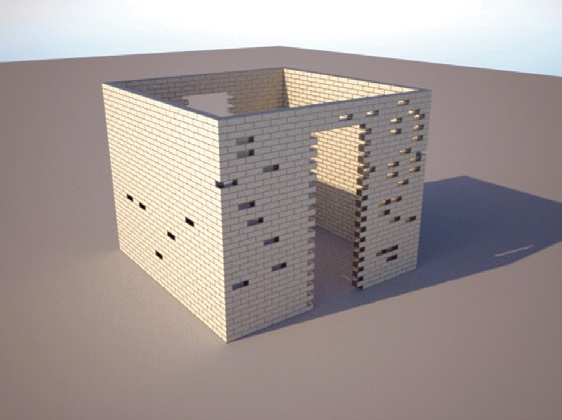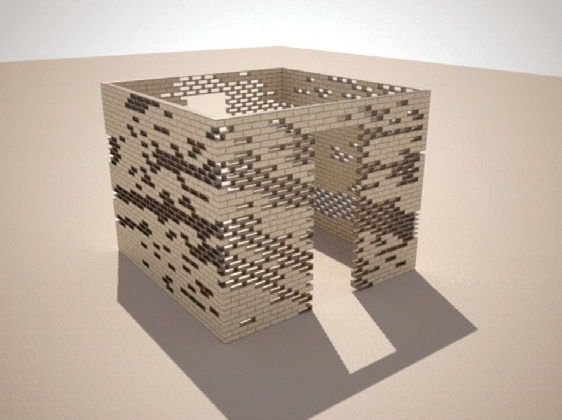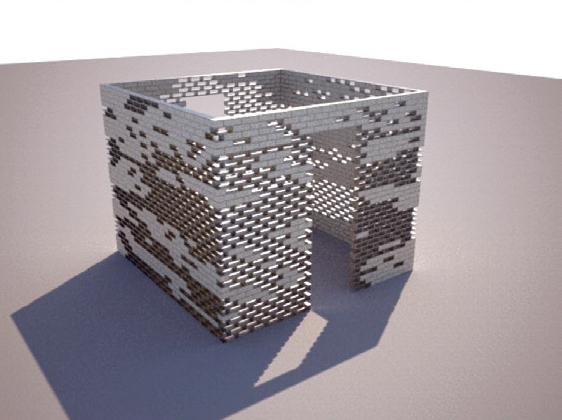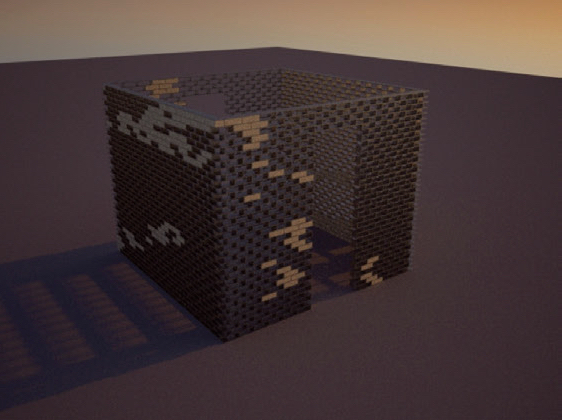Building Blocks
Armatures for Didactic Architecture
Communicating Architecture
The design was prompted by the question of "How can an installation begin to teach people about architecture?" Our goal was to highlight architectural synthesis, or more explicitly the relationships between: use, light, space, movement, nested geometries, materials. This is achieved through our proposal for an enclosure which acts as a variable wall. This wall, which encourages interaction, is made up of "bricks" and "mortar"; which highlights architectural elements and conveys an architectural lesson.
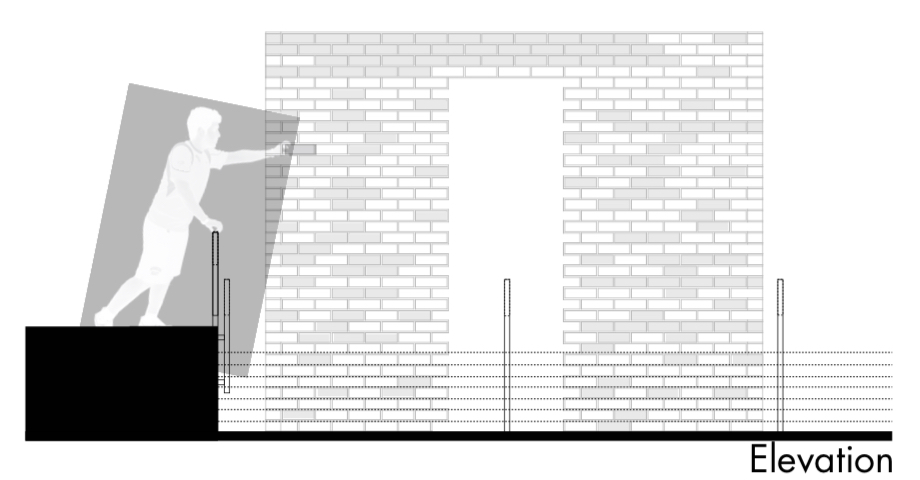
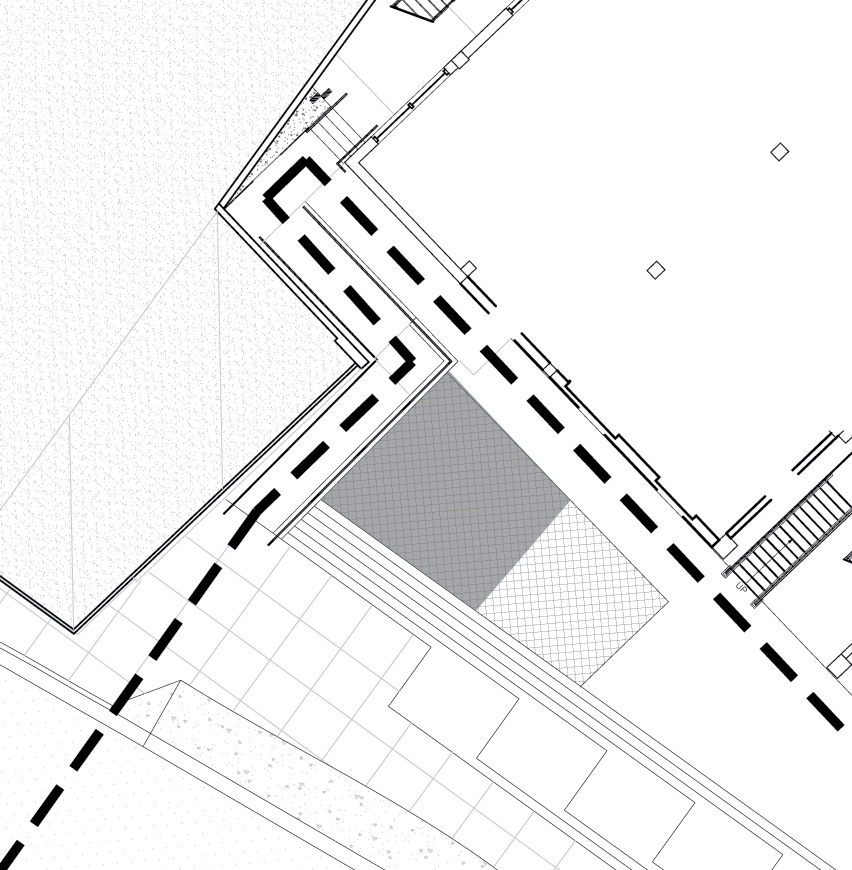
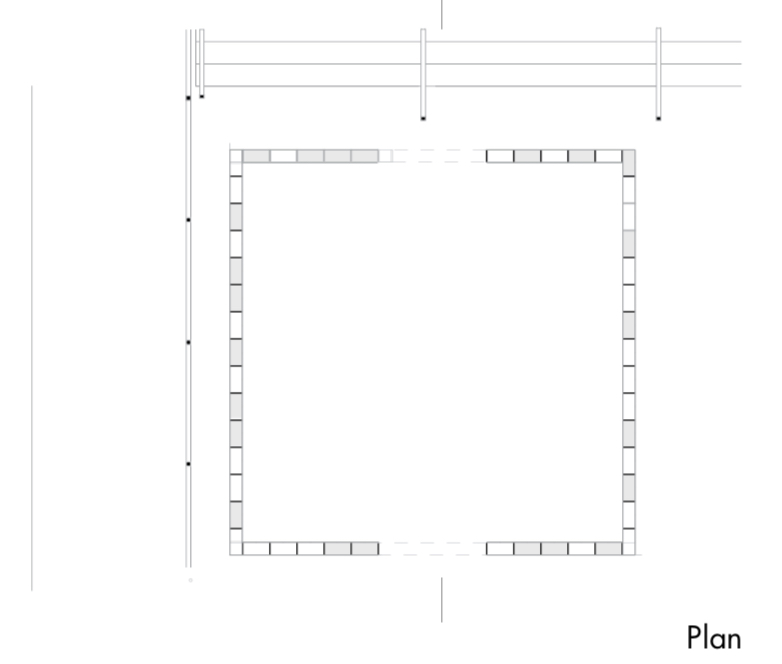
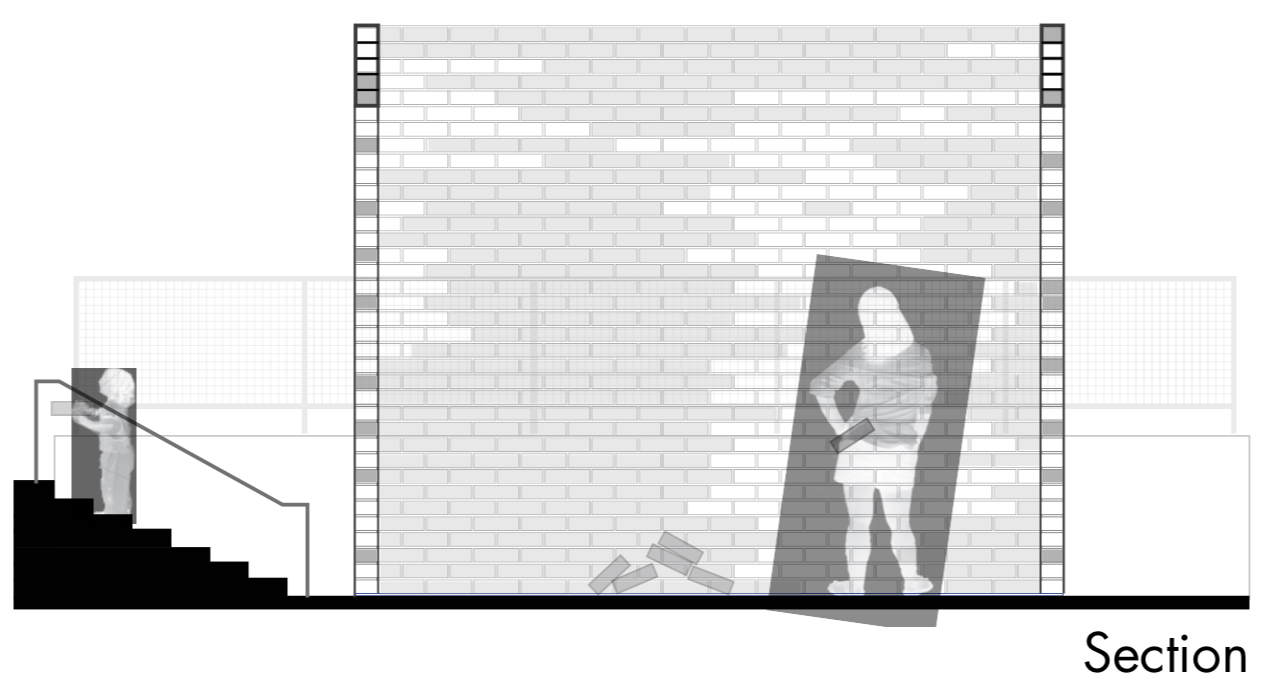
Architectural Relationships
In an exploration of relationships between parts to whole, the mortar (made of steel) will provide the framework in which the bricks sit to compose the wall. This allows for both variability in construction based on different site limitations as well as for the users playing with the bricks. However the mortar itself is a steel box, thus the abstraction of the wall is in fact into bricks of solid and void. solid and void then becomes interior and exterior as bricks are removed, added and rearranged - turning wall to window and back.
The bricks in the framework are made of reprocessed foam and are stamped with an individual number, encouraging play with the brick as well as further exploring the relationship between an individual and a whole. The foam allows for safer alternative that is also easier to play. The indexed bricks can also be taken by visitors as a memento of the installation, thus the installation also takes on a life over the period of its existence.
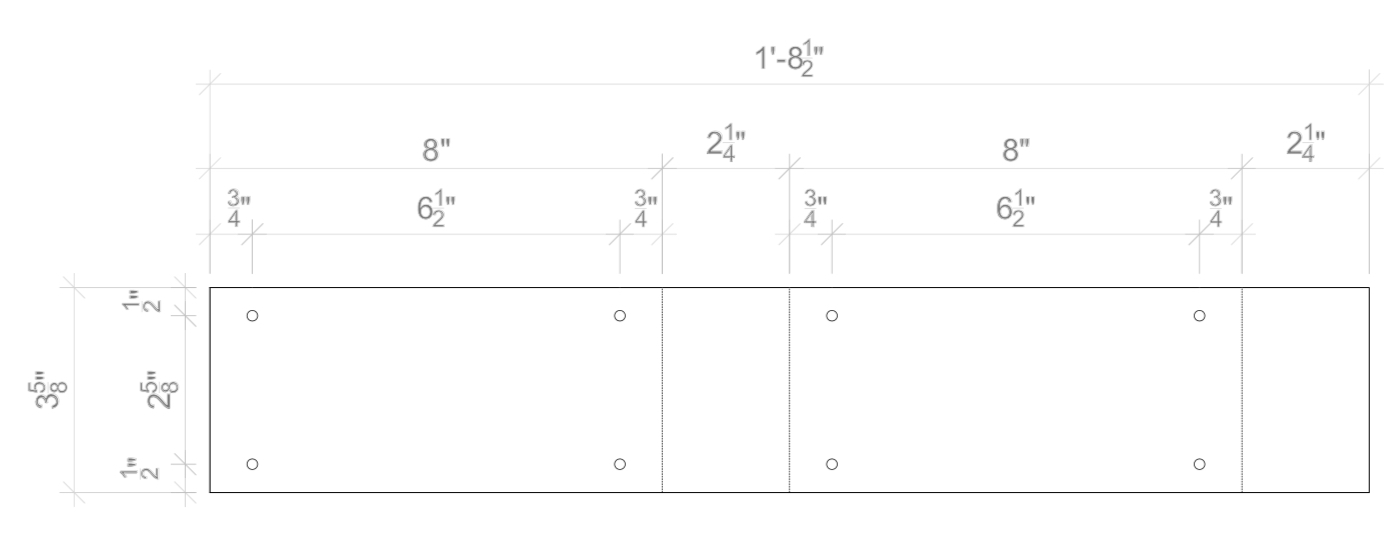

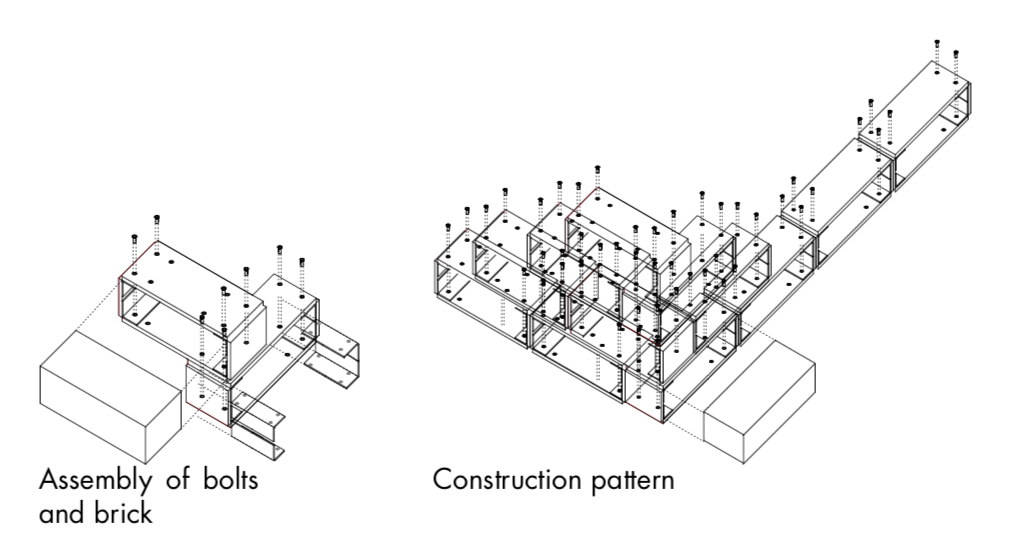
Architectural Participation
The architect today intends to design for the "user" hoping that the "user" participates in the space and design by using it as the architect has conceived. in a public space and installation, is that possible? People of different backgrounds and experiences move to and from the space with different thoughts and feelings on a daily basis... and everyday, the world is different in their eyes. Perhaps public space, art and installations construction pattern should reflect peoples' variabilities and be able to change and adapt by them... recognizing them... enabling them. Perhaps people are no longer seen by the architect as "users"; rather active players and participants in design.
